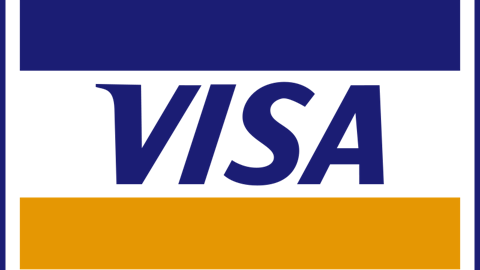![]() Investors use technical indicators to find a trading edge — an advantage that allows them to place winning trades more often than losing trades or helps them time their entries to catch big wins and avoid large losses. Many people claim that they can gain an edge by using indicators, but experience shows most indicators fail to work as advertised.
Investors use technical indicators to find a trading edge — an advantage that allows them to place winning trades more often than losing trades or helps them time their entries to catch big wins and avoid large losses. Many people claim that they can gain an edge by using indicators, but experience shows most indicators fail to work as advertised.
Among the worst-performing indicators are some of the most popular ones that are used to describe markets with simple terms like “oversold” or “overbought.” There are a number of indicators that have been developed to identify market extremes. The Relative Strength Index (RSI) and stochastics are two examples.
The theory behind these indicators is relatively simple and is based on the belief that price action behaves like a rubber band.
When a rubber band is stretched too far, it will snap back. Applying this idea to prices, when prices are stretched too far in one direction they should be expected to move in the opposite direction. An oversold market is one where prices have moved to the downside too quickly and traders expect a quick reversal to the upside. Overbought markets are seen when prices have risen too fast. Shorting an overbought market should be profitable with this theory.
While there are a number of ways to define when a market is overbought or oversold, one of the simplest ways is to compare the price to its moving average. If the price is more than 10% above the moving average, the market can be considered overbought. An oversold market can be defined as one where the price is more than 10% below its moving average. This concept works with any moving average and with any time frame.
One reason this indicator is widely used is because it’s easy to find overbought and oversold extremes visually. RSI or stochastics require spotting those times when the indicator moves through a key level (70 and 30 for RSI or 20 and 80 for stochastics), and those patterns are often difficult to spot on charts.
The chart below shows that Visa Inc (NYSE:V) has been overbought for years, and traders expecting a decline have been disappointed. In this chart, a 10% band has been applied to a 10-month moving average.

V has been overbought for most of its trading history by this measure yet has suffered few setbacks.
The same pattern can be seen on the downside. PowerShares QQQ Trust, Series 1 (ETF) (NASDAQ:QQQ) was oversold throughout the bear market that began in 2000, and that fact never led to a rally. Again, a 10% band and a 10-month moving average are used in the chart.

The bear market in 2008 also remained oversold for an extended period of time.
Other overbought and oversold indicators yield similar results. Testing shows that traders will not usually be profitable using indicators like RSI or stochastics with the standard settings to buy and sell.
The reason these indicators rarely work well is because in the long run, markets follow trends rather than behave like a rubber band. When they are trending, the size of the price moves tend to be large. During these trends, prices will remain overbought or oversold for extended periods of time.
There are times when overbought/oversold indicators will work. This will happen when prices are not trending. The price moves at these times will be rather small when compared to the changes seen during trends.
Overbought and oversold indicators should never be applied to market analysis. They are best used to identify short-term trading opportunities in a group of individual stocks. When using these indicators, experiment with different values such as a 2-day RSI or buying when the stochastics indicator falls below 5. If a large number of stocks are scanned for opportunities each day, there should be a number of trading candidates with this approach.
Only use indicators for their intended purposes. Overbought/oversold indicators are designed to spot short-term reversals and should only be used as short-term strategies. Because these indicators are for trading rather than analysis, use a well-defined exit strategy, like selling five days after buying. Rules like that implement the idea that prices act like rubber bands and use the indicators for trading rather than analysis.
$1,000 Per Month Trading System
You could collect $1,000 or more per month without buying a single stock. Click here to learn how…
.




